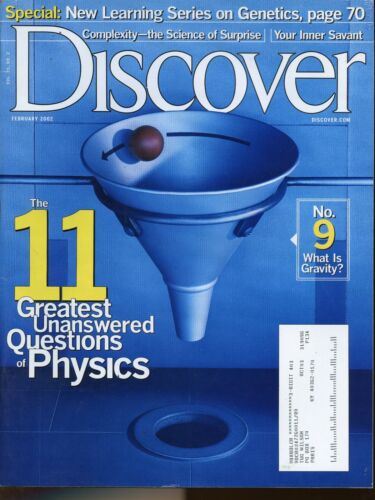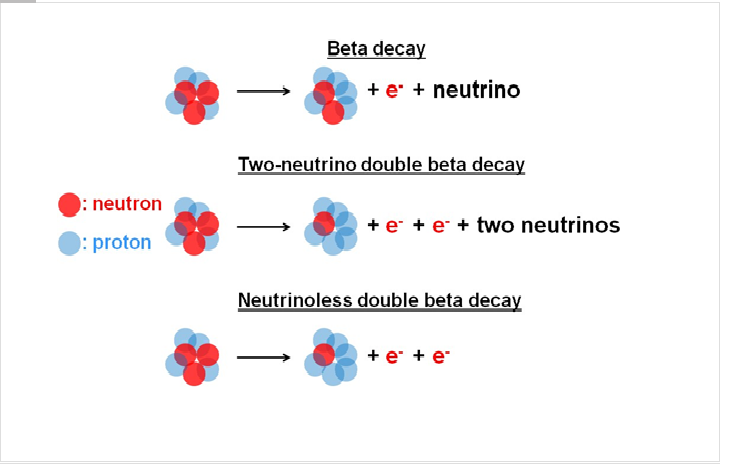11 Unanswers question in Physics

QUESTION NUMBER 4: Do neutrinos have mass?
Nuclear reactions such as those that create heavy elements also create vast numbers of ghostly subatomic bits known as neutrinos. These belong to a group of particles called leptons, such as the familiar electron and the muon and tau particles. Because neutrinos barely interact with ordinary matter, they can allow a direct look into the heart of a star. This works only if we are able to capture and study them, something physicists are just now learning to do.
Not long ago, physicists thought neutrinos were massless, but recent advances indicate that these particles may have a small mass. Any such evidence would also help validate theories that seek to find a common description of three of the four natural forces — electromagnetism, strong force, and weak force. Even a tiny bit of heft would add up because a staggering number of neutrinos are left over from the Big Bang.
(Reference: https://www.discovermagazine.com/the-sciences/the-11-greatest-unanswered-questions-of-physics)
Double beta decays
The recent discovery of neutrino oscillations clearly indicates that neutrinos do have mass, which is compelling evidence of physics beyond the standard model of particle physics. However, while those observations provide information about the differences in the neutrino masses, they do not provide a direct measurement of the absolute mass scale and they leave un-answered questions about the properties of neutrinos.
To answer to those questions, the AMoRE experiment will explore one of the most sensitive searches for “neutrinoless double beta decay” in which only two electrons are emerged from the nuclear-beta decays. If this decay were observed, it would be a clear signal that neutrinos have a different mass structure than other elementary particles and would provide a measurement of the absolute neutrino mass scale.

Reference: https://amore.ibs.re.kr
The AMoRE experiment
The AMoRE experiment aims to search for 0νββ decay of 100Mo nuclei using molybdate scintillating crystals operating at milli-Kelvin temperatures. The ultimate goal of the experiment is to achieve a sensitivity that covers the entire ⟨mββ⟩ range that is allowed by the inverted neutrino mass hierarchy.The AMoRE project is a series of experiments. The first phase of the AMoRE, called AMoRE-Pilot, has been operating since 2015 with about 1.5 kg of 40Ca100MoO4 crystals at YangYang underground Laboratory (Y2L) in Korea. More information, please see: https://amore.ibs.re.kr
AMoRE collaboration now has 107 members from 25 countries. There are six members from GlassLab@NPRU, Thailand joined to AMoRE collaboration (https://amore.ibs.re.kr/collaboration/).
One of our staff from GlassLab@NPRU worked on CaMoO4 scintillation crystal for Ph.D. work. He studied their scintillation / non-proportionality and photon interaction properties. He published 2 papers on this topics:
Chaiphaksa, W., Limkitjaroenporn, P., Kim, H.J. and Kaewkhao, J., 2016, “The mass attenuation coefficients, effective atomic numbers and effective electron densities for GAGG:Ce and CaMoO4 scintillators”, Progress in Nuclear Energy, 92, pp. 48-53. [Q1, IF = 2.461]
Kaewkhao, J., Limkitjaroenporn, P., Chaiphaksa, W., Kim, H.J., 2016, “Non-Proportionality Study of CaMoO4 and GAGG:Ce Scintillation Crystals using Compton Coincidence Technique”, Applied Radiation and Isotopes, 115, pp.221-226. [Q2, IF = 1.787]
We also have 2 AMoRE collaboaration papers, which all AMoRE members published together.
[1] https://link.springer.com/article/10.1140/epjc/s10052-019-7279-1
[2] https://link.springer.com/article/10.1140/epjc/s10052-022-11104-3
We still continue in collaboration and try to answer "unanswer question in Physics" !!

Picture: 12th AMoRE meeting collaboration in Korea (5 Thai researers from GlassLab@NPRU joined and present their research)





